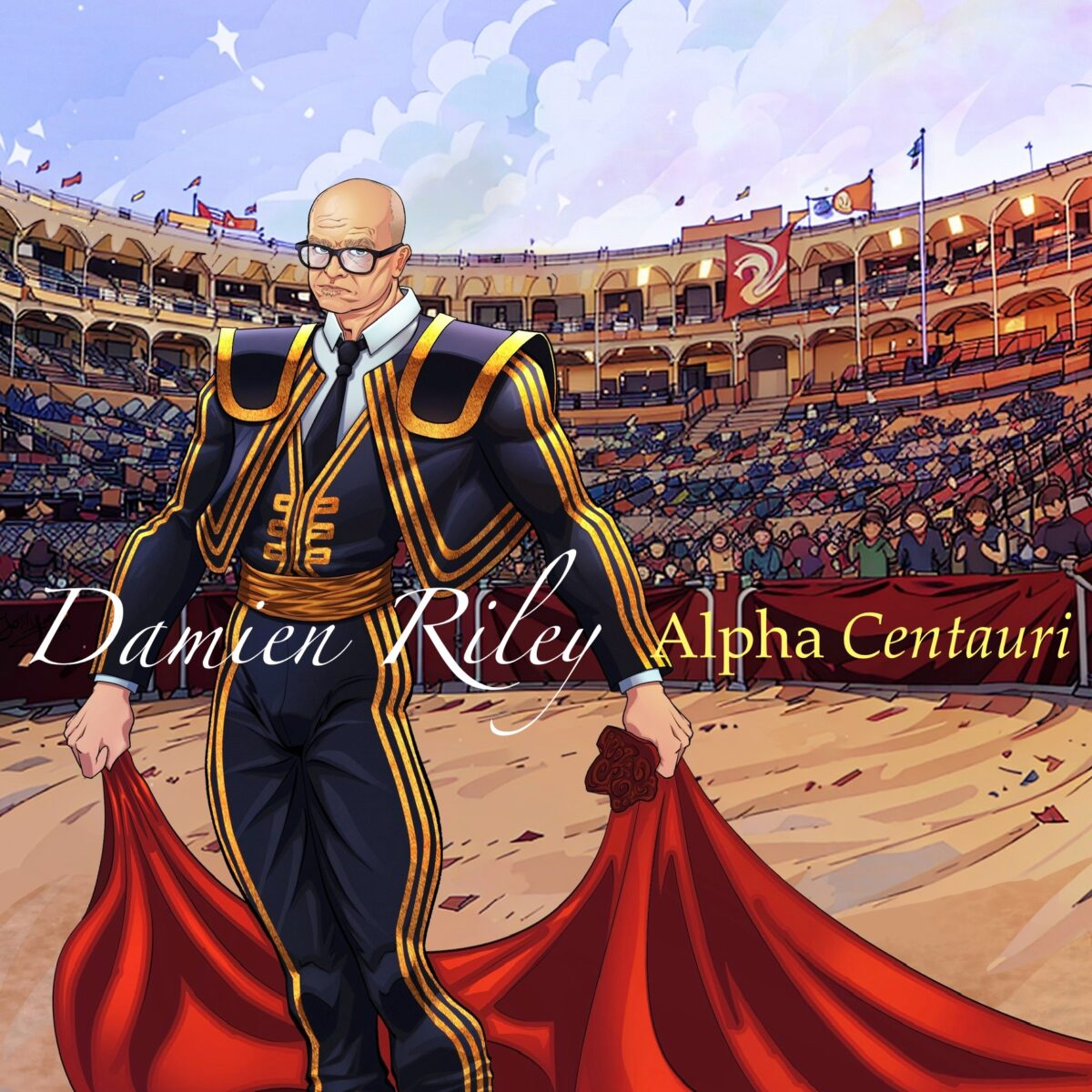Bambi was released by Walt Disney Productions in 1942 as a full length animated movie. The supervising director was David Hand, known for Snow White. There were also 7 other directors of this early Disney film. The task of writing was shared by several as well. Among them was the supervising writer Perce Pearce, also known for Snow White. The voice talents, whose identities now are known on the internet and other sources, were uncredited in the movie. Bambi is 70 minutes long and was nominated for 3 Oscars.
It is the story of a baby deer who grows up alongside a cast of silly but speaking animal characters. The most memorable arguably is Thumper, a baby rabbit so-named for the way he stamps his feet. Bambi grows up learning from his friends and after a time, he loses his mother to a hunter’s bullet. This scene is done in a tasteful fashion so children will not be scared but it is meant to be sad. Bambi then meets his father and has to grow up without his mother. A series of events over time, including a horrendous forest fire and haunting thunderstorm, teach Bambi lessons of life and leave him with a measurable amount of maturity. His friends grow up with him and he finds love with Faline, a pretty young doe. The stages of life we experience with Bambi are delivered in a clear timeline that belies the dreamy style of the settings. It’s no wonder Bambi appealed to all ages and personality types at the ticket counter. Bambi clearly was made for a universal audience but it does hold some partisan and controversial messages. Around 70 years later, they hardly seem controversial but considering the time, they were.
Animation for the big screen was still in its infancy but Bambi help catapult it into a brave new world. It would signal an era where animated movies held moral messages. Watching Bambi now, it’s clear to see some moral and cultural trends of the times. It was a time of war and a time where men and women had clearly defined roles. It’s likely the Disney studio execs, especially Walt himself, had a hand in whether a scene or line made it in the final cut. Knowing that, I found a couple scenes surprising. For example, the hunting scenes. Birds and animals are being hunted and some are even shot in the movie. This was a movie aimed at kids. This may be indicative of the popularity of hunting at the time. The point of view of the camera demonstrates how inhumane the act of hunting is. This is an avant garde aspect of the film I think. During World War II, it was probably more popular to preach hunting than pacifism but this movie does. War might be considered a form of hunting. It was not a time like Vietnam where movies could open challenge war and the government. It had to be done subtly or a world that supported war and would not pay admission. All Disney movies have moral messages in them. This, being one of the first, is no exception. It’s interesting to identify the subtle moral signposts in Bambi.
Disney financed the movie himself and it was a hefty project to support. He believed in his vision and its legacy lives on today. It uses old methods of achieving cinematic effects with much success. For example, the thunderstorm sound effects are not actual storm sounds. They are mimicked evocatively with an orchestra and a choir. With regards to effects, less “technology” is more in Bambi. It is a movie I have purchased and I will take it out when I want to relive what the early magic of Disney.

